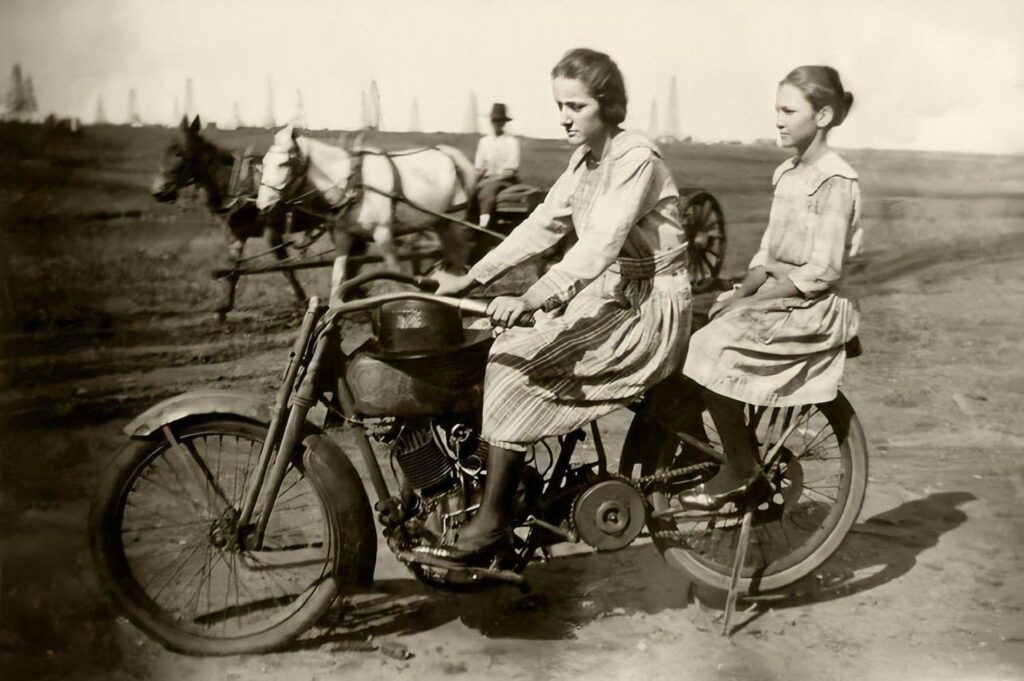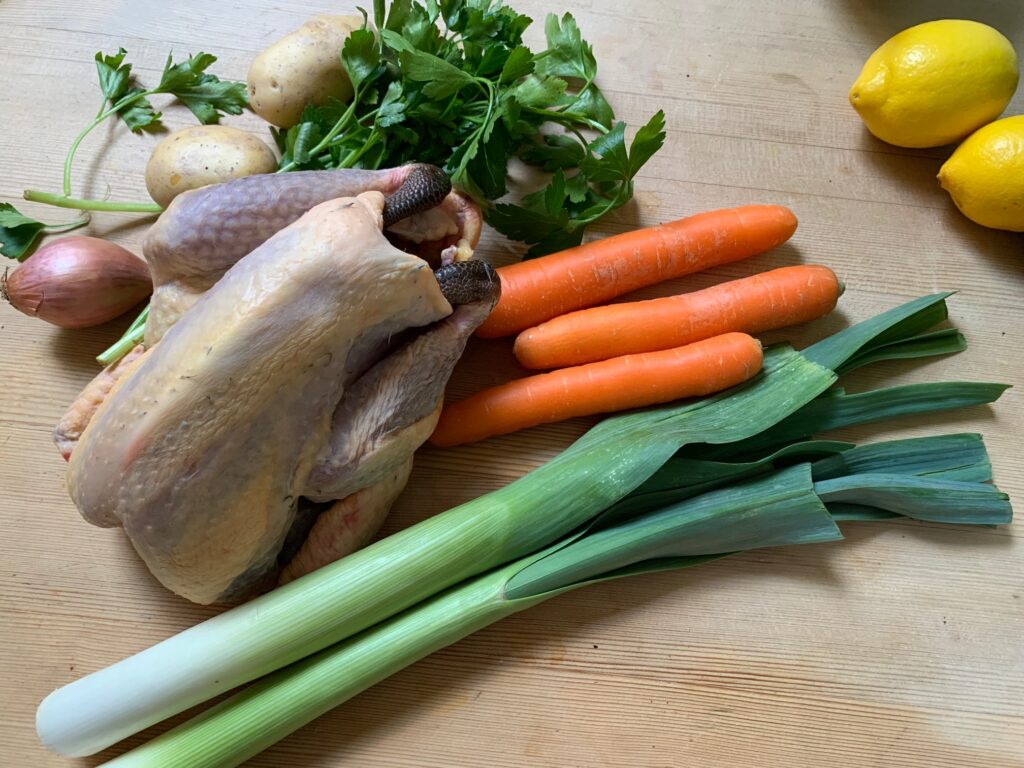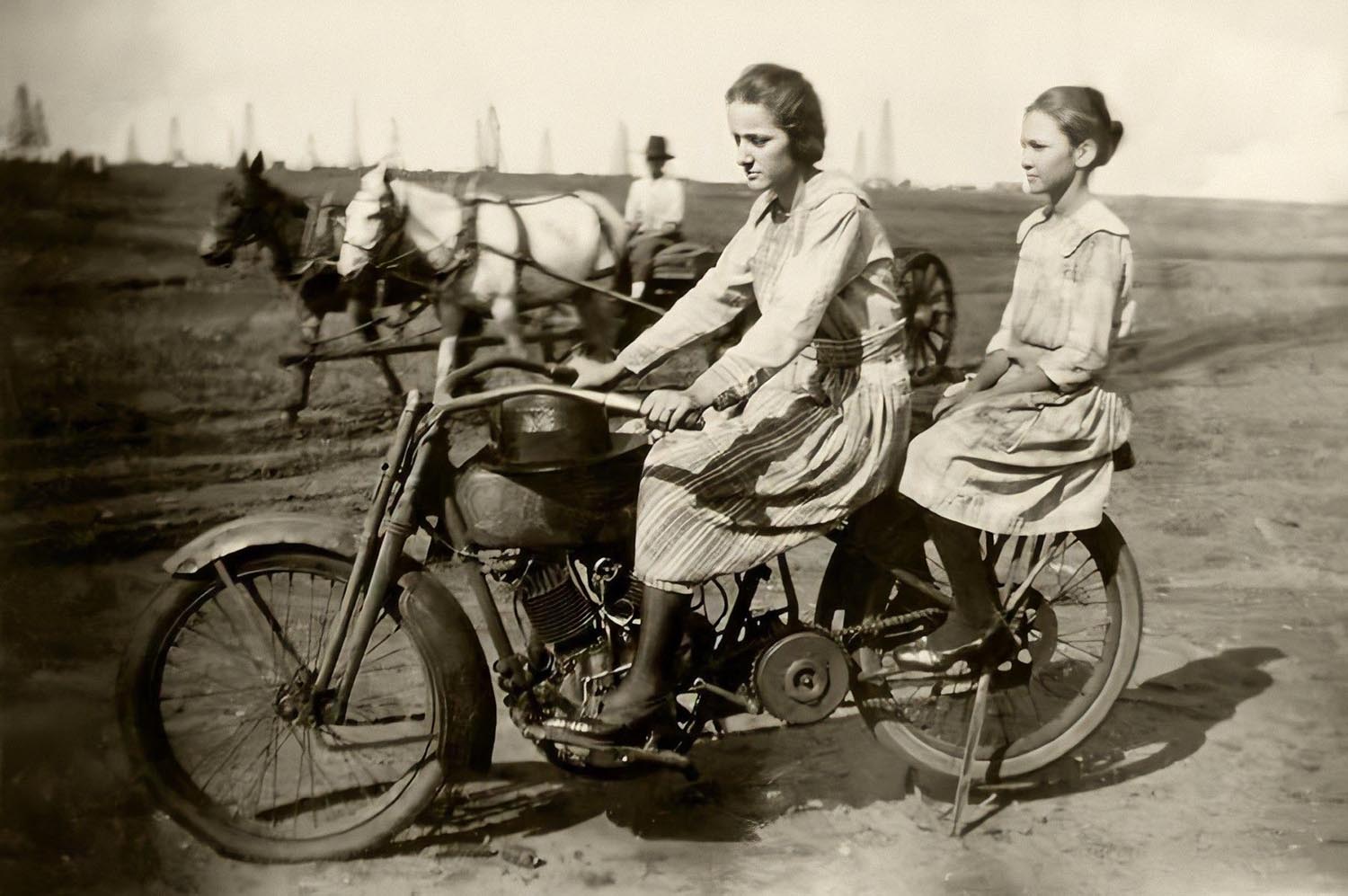Zuckerberg knows more about us than we know about ourselves.

In early December, Instagram announces that “the pooksterino” from Macedonia is following me. I check the account and notice her name, Niki Townsley Lee. Townsley is the name of my biological father, whom I never knew. I assume that this is just a coincidence and follow her back.
“Coincidence?” you might ask. As a child, I was told that he wanted nothing to do with me and neither did his new family in Wichita Falls, Texas.
On Christmas Eve, I post a piece about Russian Salad on this blog. I circulate the post on Facebook, but not on Instagram. It Is not a photogenic dish.
On Christmas day, I receive a nice blog comment from Niki Lee about the recipe. “They call it Ruska Salata in the Balkans,” she writes. I notice that she has dropped her middle name Townsley. “She does not want to freak me out,” I think. It is clear that she has more than Russian salad on her mind.
I write back, using my best netiquette. “Yes, the Russians are the real authority on this dish, but the Italians and Spaniards also love it. I have heard that it is even popular in Iran, where they serve it with white chicken.”
Someone from my lost family is watching me and I want to know more. I Google her and get nowhere. She is not on Facebook, and I cannot even find an obituary for my father Jim Townsley. This is how disconnected I am from my own past.
My fingers scroll Instagram 3 or 4 times a day, hoping for clues. “Who is this woman? Will she post?”
On December 30, Niki sends a black and white picture of her grandmother and sister into cyberspace. Two young women are riding a bicycle built for two in Wichita Falls.
I am careful what I message her. I don’t want to freak her out.
Dear Niki,
Hello! I am writing to you because I think that we might be related. My birth name was Townsley. At the age of 18, I changed this name to my mother Lynette’s maiden name, which is Charbonneau. My mother married a James Howard Townsley in 1960, and I was born in 1961. He was a car salesman. They had a very brief and unhappy marriage, and I have never had contact with him. I know he remarried and had a family in Wichita Falls. My mother does not even remember his mother’s name. Seeing the picture of your grandmother in Wichita Falls makes me wonder if we might be distant cousins? Anyway, I hope this note does not throw you for a loop, but I thought I should ask.
All the best,
Rozanne Charbonneau
Niki writes back within the hour. “Rozanne, I am your half-sister and I have been looking for you for years.”
The full story would take pages to tell, but let me say this. Finding a sister is a mighty good thing. It is what I wanted all along.
We ate a guinea hen on New Year’s Eve, in honor of two old birds getting to know one another.
The flesh is leaner than a chicken’s, so braising it in a covered pot is the way to go. Today, I am not giving you a recipe, but a template for you to riff on with whatever takes your fancy.
A guinea hen barely weighs 3 pounds. At 200 degrees centigrade (400 degrees Fahrenheit), it will take approximately 50 minutes to cook.
A 3-pound chicken will take approx. 55 to 60 minutes.
Method: Sauté fowl in casserole. Add vegetables, aromatics, a tiny bit of broth and/or liquor, bring to a simmer on stove, cover, pop in the oven, and enjoy within the hour.
Dorie Greenspan has a wonderful recipe in her book Around my French Table called M. Jacques’ Armagnac chicken. So simple and a great way to use the old cognac languishing in the back of the cupboard.
Nigel Slater sautés partridges, then adds celery, a sweet wine such as Vin Santo, thyme and pancetta. A guinea hen works perfectly here, and buttered noodles on the side make a feast.
Here is how I cooked it on New Year’s Eve, inspired by the flavors of the traditional “Poule au Pot.”
Ingredients
A few tablespoons olive oil
1 guinea hen at room temperature, generously salted
Salt and pepper
A few carrots, cut in large chunks on the diagonal
A few waxy potatoes, cut in large chunks
1 celery stalk, thinly sliced
2 leeks, cut in large chunks
A few shallots, peeled and halved
2 garlic cloves, sliced
1 small glass white wine
1 small glass of broth (if you have it)
2 bay leaves
A few sprigs of thyme
1 knob of butter (optional)
Dijon mustard and cornichons
The Method
Preheat the oven to 200 degrees centigrade.
Pour a glug of olive oil into a Dutch oven and heat. Sauté the guinea hen all over until browned, then remove to a plate. Tip out most of the oil. Add the vegetables and alliums. Swoosh around for a moment until they glisten. Add salt and pepper, the wine, bay leaves, and thyme. Nestle the bird back in the pot. Bring the liquid to a gentle boil, cover, and place in the oven for approximately 50 minutes.
Once the hen is cooked, remove to a plate. Add a knob of butter to the vegetables for that je ne sais quoi. Serve with Dijon mustard and cornichons on the side.



Lovely lively read Rozanne 😊
Thank you, Caroline!
As usual, a brilliant piece of engaging writing, dear Rozanne! I love the way you make every recipe a story and an experience. For the record: I too prepared guinea fowl at Christmas. Are you coming for Easter? 🤗
Thank you, Toby! If Easter is on, I am in!
The story is amazing therefore i am sure the recipe as well! Will try very soon!
Thanks, Micaela!
Perfection is impossible. Worth having around depends on if parent’s a net positive (at least 51% positive). Yours probably wasn’t there. It may come as a surprise; but mine was borderline, at best, too—frequently gave me bad direction ;¬{ Hope you develop a positive relationship with your newfound sister.
Thanks Mark, so very true.